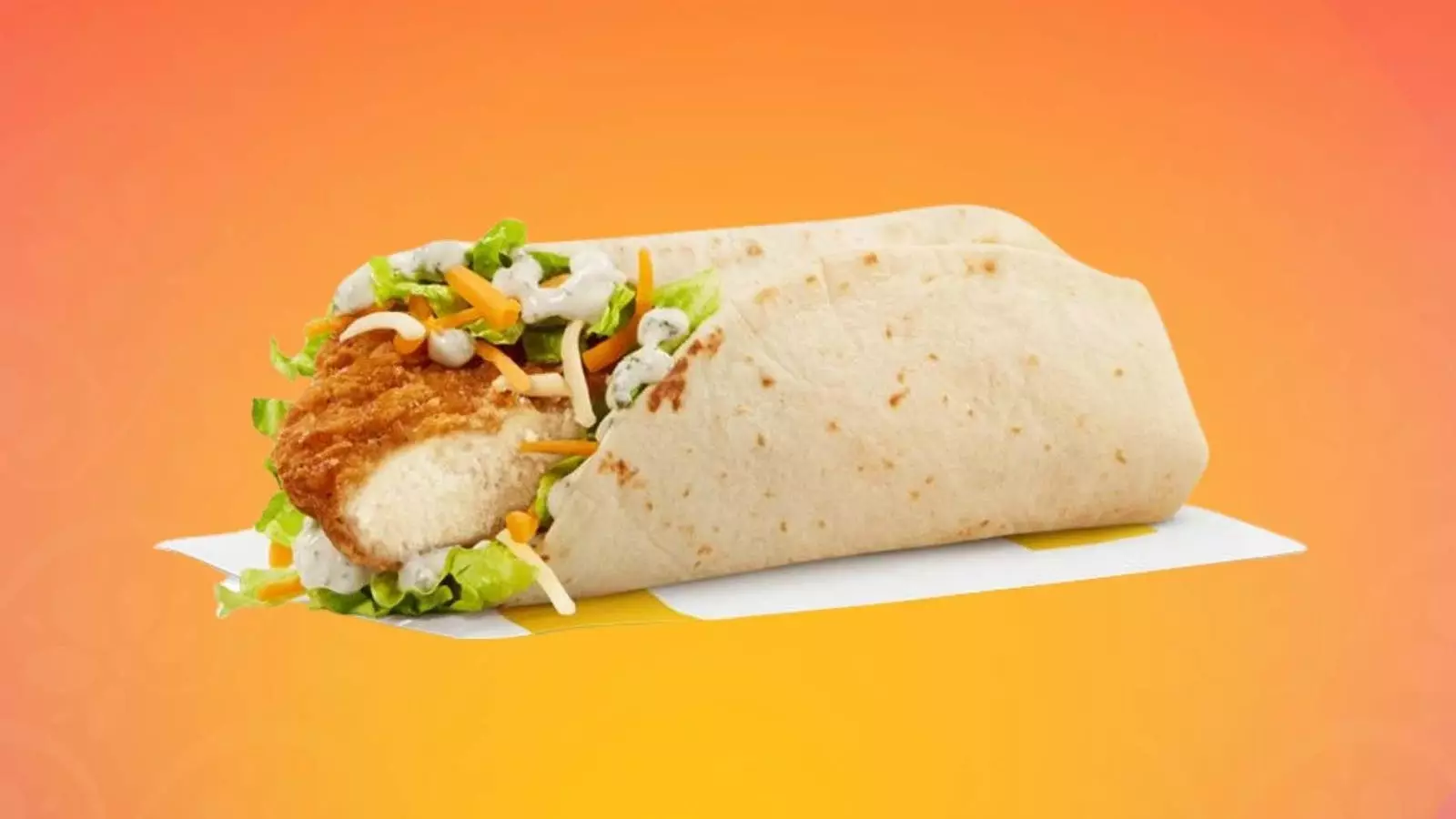In a culinary landscape marked by fleeting trends and constant innovation, the reintroduction of popular food items often reflects deeper societal preferences. This has never been more apparent than with the highly anticipated return of McDonald’s Snack Wrap in 2025. Originally discontinued in 2016, the Snack Wrap transcended its simple ingredients and became a cultural icon among fans. The fervent call for its return signals that this food item was more than just a menu choice; it exemplified a craving for convenience and comfort that resonates deeply within our fast-paced lives.
As we delve into the reasons people miss the Snack Wrap, it becomes clear that the allure is not merely rooted in nostalgia. There is a broader phenomenon at play—a shift in eating patterns. A substantial portion of the population is eating on the go, with statistics revealing that approximately 75% of consumers indulge in on-the-run meals. The growing demand for edible convenience correlates with our increasingly hectic lives, revealing that this isn’t simply a trend; it’s a lifestyle choice. It’s not just about what we eat, but how we eat. Handheld foods like the Snack Wrap serve as instant manifestations of our need for efficiency, allowing us to consume nourishment while navigating daily demands.
Instead of merely offering a quick bite, handheld foods like the Snack Wrap evoke nostalgia and emotional comfort. From a young age, many of us formed our earliest food memories around portable delights—whether it was a classic PB&J, a flavorful burrito, or a simple wrap tucked in our lunchboxes. These foods become tied to our identities, making their absence notable during moments of uncertainty or stress. This emotional bond with familiar flavors and textures highlights the importance of food as not just sustenance, but also as a source of reassurance during tumultuous times.
The Snack Wrap isn’t alone in its revival; it is part of a broader trend where nostalgic snacks and fast-food items are making significant returns. Brands have started recognizing the powerful allure of familiar flavors—think Taco Bell’s Mexican Pizza or Burger King’s Chicken Fries. These comebacks are strategic, aiming to rekindle the emotional connections that consumers have with their past experiences. However, they are also a response to market research indicating that nostalgia is a persuasive marketing tool, effectively connecting consumers with their culinary roots.
Research has shown that the physical interaction we have with food enhances our overall dining experience. Holding and enjoying a Snack Wrap can offer a sense of personal engagement that enhances the meal itself. Tactile satisfaction is central to the experience; it allows us to appreciate textures that we typically miss with traditional dining experiences. In this fast-paced world, a Snack Wrap seamlessly fits into our landscape, allowing for quick, productive meals—whether we’re in our cars, at our desks, or even during a brisk walk to our next appointment.
Moreover, handheld foods echo cultural connections. They reflect culinary traditions worldwide, tapping into a rich history of street food and family recipes that span generations. As communities evolve and change, these portable delights serve as delightful reminders of our roots. With social media’s role in reviving interest in the Snack Wrap, fans are not just reminiscing; they are actively engaging with it. Viral recipes and home recreations showcase a collective longing for this food experience that seems to have been lost in the day-to-day hustle.
The return of McDonald’s Snack Wrap is not simply a nostalgic endeavor; it points to our evolving culinary landscape where the need for convenience, connection, and tactile experiences reign supreme. Handheld foods represent more than just a quick meal; they embody the cultural heritage and personal stories that define our relationship with food. The ardent demand for the Snack Wrap encapsulates our hunger for both familiarity and practicality—a dual desire that will likely continue to shape our eating habits in the future. As we embrace this revival, we celebrate the understanding that certain foods transcend mere consumption; they become part of our ongoing story.

